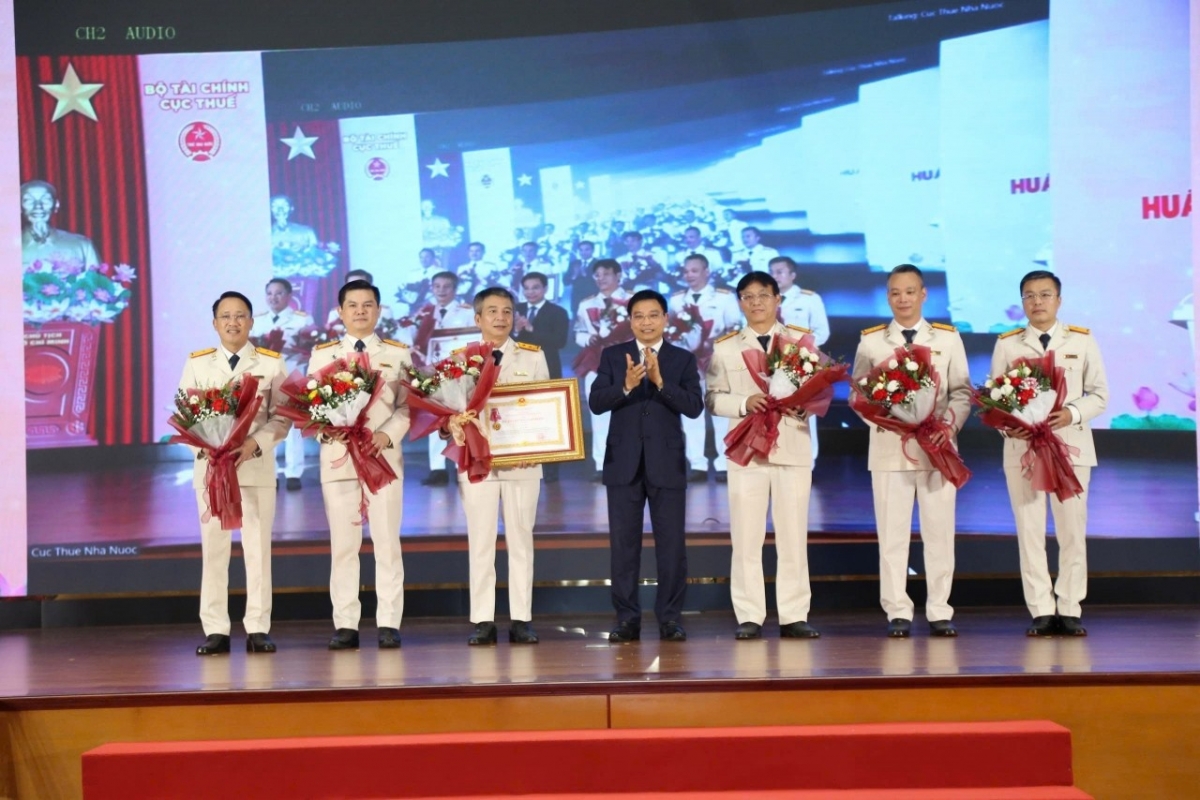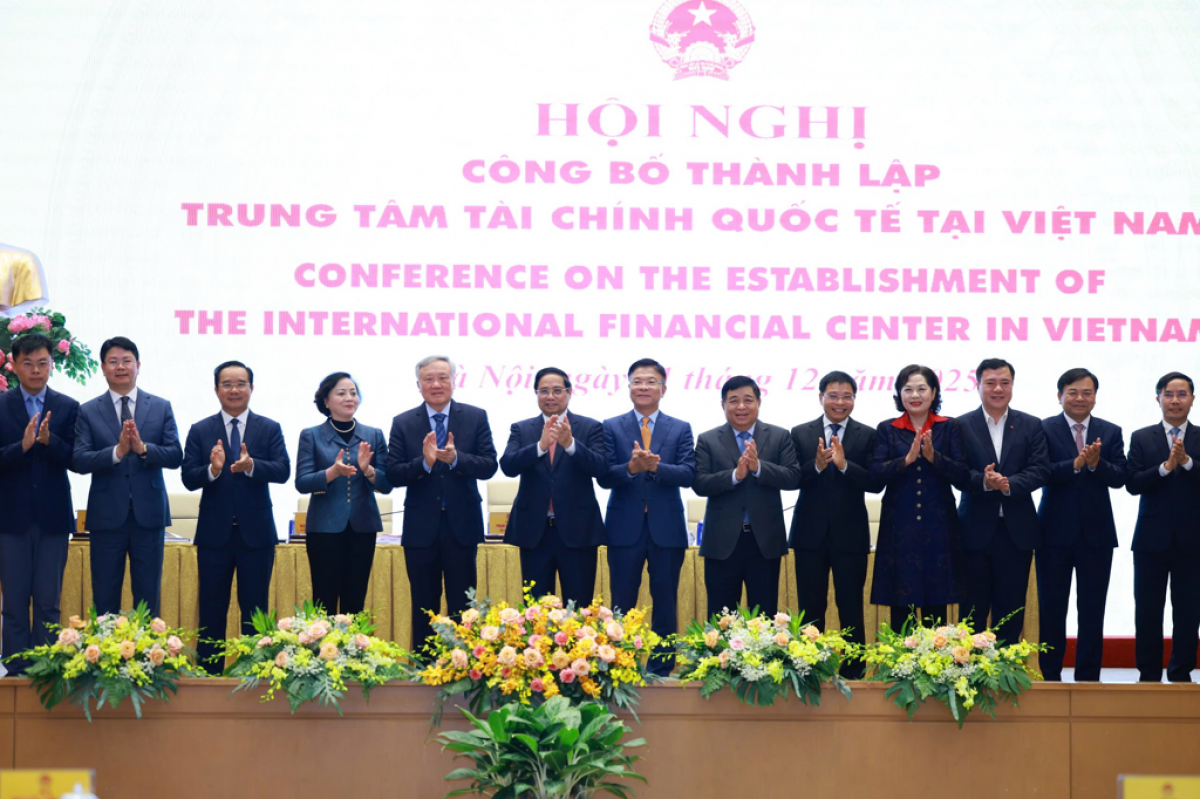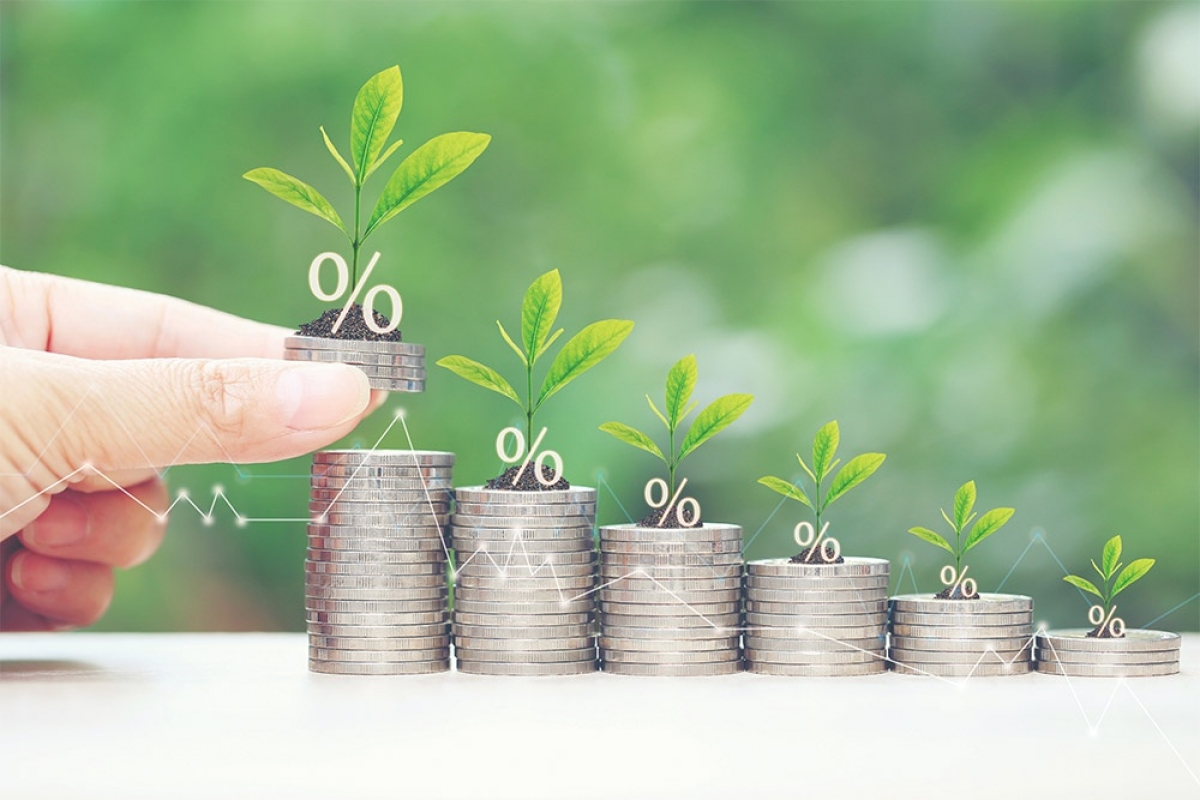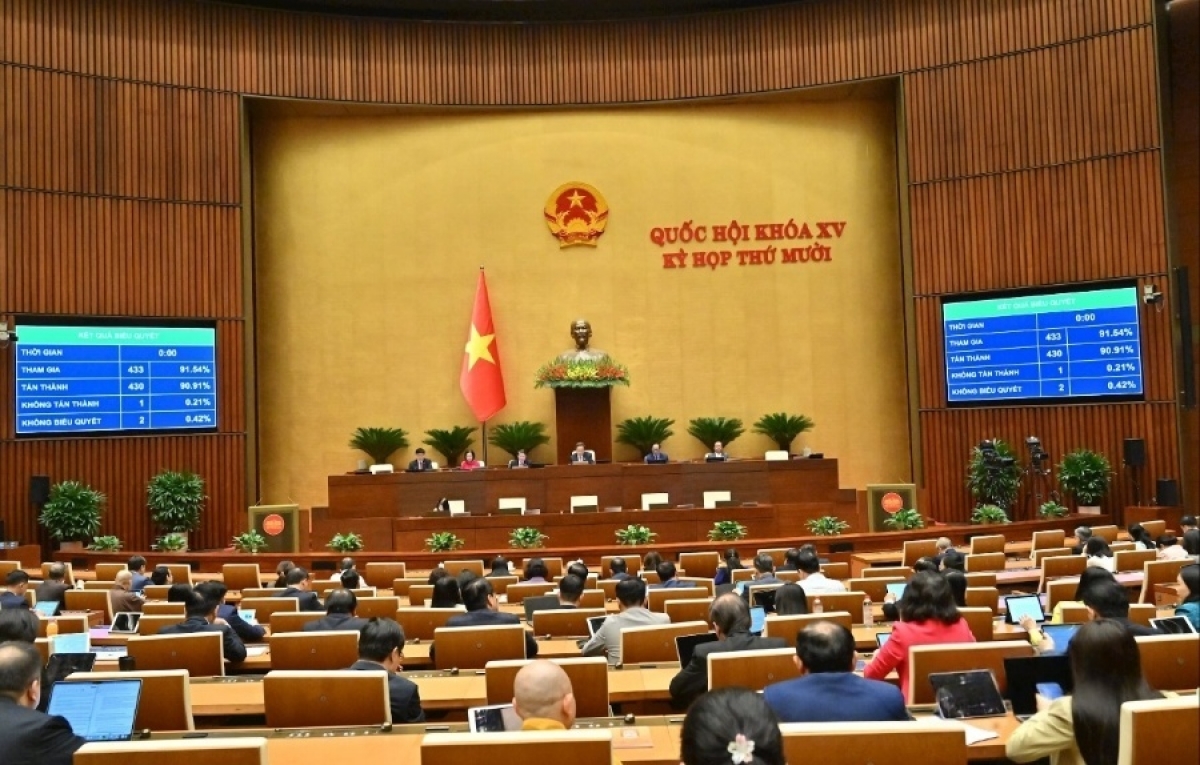INTERNATIONAL INVESTMENT
AND PORTAL
 The RCEP includes Vietnam and South Korea, which already have close ties through the likes of Samsung, photo Le Toan
The RCEP includes Vietnam and South Korea, which already have close ties through the likes of Samsung, photo Le Toan
Under the deal, which entered into force on January 1, 92 per cent of goods traded within the bloc will be eliminated over 20 years. It also aims to bolster cooperation in e-commerce, intellectual property rights, access to markets, and innovation among participating countries.
According to the commitment schedule, partner countries will eliminate 30-100 per cent of tariff lines as soon as the agreement comes into effect. In return, Vietnam will remove over 92 per cent of tariff lines for ASEAN members, 89.6 per cent for Australia and New Zealand, 86.7 per cent for Japan and South Korea, and 85.6 per cent for China.
The RCEP will lower transaction costs and time for businesses by allowing them to export goods to ratified nations without having to meet each country’s individual standards. It will also lift non-tariff barriers on substantially all trade in goods, including customs procedures, sanitary measures and technical standards among the parties.
According to Luong Hoang Thai, director-general of the Multilateral Trade Policy Department under the Ministry of Industry and Trade, the RCEP is a free trade agreement (FTA) with higher standards than the commitments established by the World Trade Organization (WTO). Notably, in the context of supply chain disruption caused by the pandemic and the rising trend of trade protectionism, the deal marks an important milestone in the economic integration process of Vietnam and ASEAN.
“It will generate opportunities for economic recovery and development post-pandemic owing to the commitments to opening markets for goods, services, and investment under the rules of origin,” Thai said. “The close link between RCEP and other Vietnamese FTAs also provides numerous export prospects, assisting domestic enterprises in connecting with the global supply chain.”
On the other hand, the RCEP imposes stringent rules and challenges for Vietnamese businesses, while the manufacturing, import, and export sector accounts for half of the national import and export turnover. “The agreement would not create a boost in exports forthwith, yet can develop a new supply chain in the region in the medium and long term,” Thai said.
Vietnam can be a beneficiary of the RCEP only if the global supply chain shifts to the region and the country becomes a part of it. Nguyen Thi Thu Trang, head of the WTO International Trade Centre under the Vietnam Chamber of Commerce and Industry, said that concerns about the agreement’s challenges arise from two causes.
“Firstly, the partners of the RCEP are major exporters of Vietnam with similar economic structures, posing significant challenges in terms of trade deficit down the road. Secondly, it will increase competition in both domestic and foreign markets,” Trang said.
Trang said that prior to the RCEP, Vietnam did not have to compete fiercely with China in winning the Japanese market owing to advantages from existing agreements. However, China will also now benefit from elimination of tariffs on Chinese exports by member nations within the bloc.
“The RCEP presses Vietnam to change faster and stronger”, said Trang, highlighting that it is necessary for the government to balance trade activities and attract quality investment in order to optimise not just the RCEP but other trade agreements.
Trang believed that the participation of Vietnam in the RCEP will boost intra-regional trade, creating opportunities for smaller enterprises to participate in the regional supply chain.
“The country’s structure of export goods is diverse, including semi-processed products and raw materials. In the long run, Vietnam can expand its manufacturing capacity and added value, thus moving the balance of trade towards a trade surplus,” Trang concluded.
Nguyen Cam Trang, deputy director of the Agency of Foreign Trade under the Ministry of Industry and Trade, said that Vietnam had established partnerships with RCEP partners beforehand, so “opening the market through tariff negotiation was not the objective of this agreement”.
Trang also added that Vietnam’s trade deficit with ASEAN is gradually decreasing.
On the other hand, the country continues to import a significant amount of raw materials, fuel, machinery, and equipment from South Korea and China for manufacturing and export to Europe and the United States. Vietnam is running the largest deficit with China, reaching $54 billion in 2021, up 53 per cent on-year, according to the General Statistics Office.



















